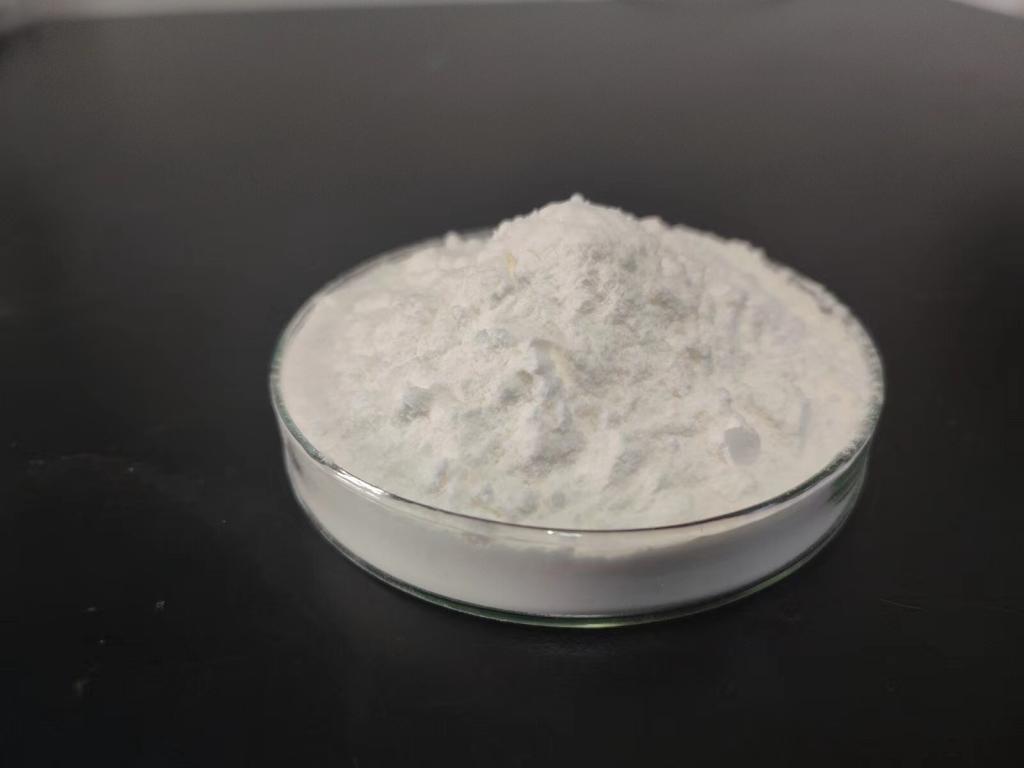Tel:+8618231198596

News
 CONTACT
CONTACT
 CONTACT
CONTACT
- Linkman:Linda Yao
- Tel: +8618231198596
- Email:linda.yao@dcpharma.cn
- Linkman:CHARLES.WANG
- Department:Overseas
- Tel: 0086 0311-85537378 0086 0311-85539701
News
Current Position:
Home >
News
>Investigating the effect of ε-Polylysine hydrochloride on the spoilage microbiota.
Investigating the effect of ε-Polylysine hydrochloride on the spoilage microbiota.
TIME:2024-04-25
Fermentation Process and Spoilage Microbiota:
Fermented foods undergo a complex microbial transformation driven by beneficial microorganisms such as lactic acid bacteria, yeasts, and molds. However, undesirable spoilage microbiota, including pathogenic bacteria, molds, and yeasts, can also proliferate during fermentation and storage, leading to off-flavors, odors, and texture changes. Common spoilage microorganisms in fermented foods include lactic acid bacteria, molds such as Penicillium and Aspergillus spp., and yeasts such as Candida spp.
Mechanisms of Action of ε-Polylysine Hydrochloride:
ε-PL exerts its antimicrobial activity primarily by disrupting microbial cell membranes. The positively charged ε-PL molecules interact with negatively charged components on microbial cell surfaces, leading to membrane destabilization, leakage of intracellular contents, and eventual cell death. Additionally, ε-PL may interfere with essential cellular processes such as cell wall synthesis, protein synthesis, and DNA replication, further inhibiting microbial growth. The broad-spectrum antimicrobial activity of ε-PL makes it effective against a wide range of spoilage microbiota in fermented foods.
Applications of ε-Polylysine Hydrochloride in Fermented Foods:
ε-PL can be applied to fermented foods through various methods, including direct incorporation into the fermentation process, surface treatments, and post-fermentation treatments. During fermentation, ε-PL can be added directly to the fermentation vessel or incorporated into starter cultures to inhibit spoilage microbiota and promote the growth of beneficial microorganisms. Surface treatments involving ε-PL coatings or sprays can be applied to finished fermented products to prevent post-fermentation contamination and spoilage. Post-fermentation treatments such as dipping or spraying can also be used to apply ε-PL to fermented foods before packaging.
Effect on Product Quality and Safety:
Studies have shown that the addition of ε-PL to fermented foods can effectively inhibit spoilage microbiota and improve product quality and safety. By controlling spoilage microorganisms, ε-PL helps prevent off-flavors, odors, and texture defects associated with microbial spoilage. Additionally, ε-PL can enhance the shelf life of fermented foods by reducing the risk of spoilage and deterioration during storage. The use of ε-PL in fermented foods can thus contribute to the production of high-quality, safe products that meet consumer expectations for flavor, freshness, and microbial safety.
Challenges and Considerations:
Despite its potential benefits, the use of ε-PL in fermented foods may pose certain challenges and considerations. These include the need for appropriate dosage levels to achieve antimicrobial efficacy without adversely affecting fermentation processes or sensory characteristics. Additionally, regulatory considerations regarding ε-PL usage levels, labeling requirements, and safety assessments may need to be addressed for widespread adoption in the food industry. Further research is also needed to explore the long-term effects of ε-PL on fermentation dynamics, product quality, and consumer acceptance.
Conclusion:
In conclusion, ε-Polylysine hydrochloride holds promise as a natural antimicrobial agent for controlling spoilage microbiota in fermented foods. Its mechanisms of action, applications, and impact on product quality and safety make it a valuable tool for improving fermentation processes and enhancing the shelf life of fermented products. However, further research and development efforts are needed to address challenges and considerations regarding ε-PL usage in fermented foods and ensure its safe and effective integration into food production practices. By harnessing the antimicrobial properties of ε-PL, the fermented food industry can continue to innovate and deliver high-quality, safe products to consumers worldwide.
- Tel:+8618231198596
- Whatsapp:18231198596
- Chat With Skype







